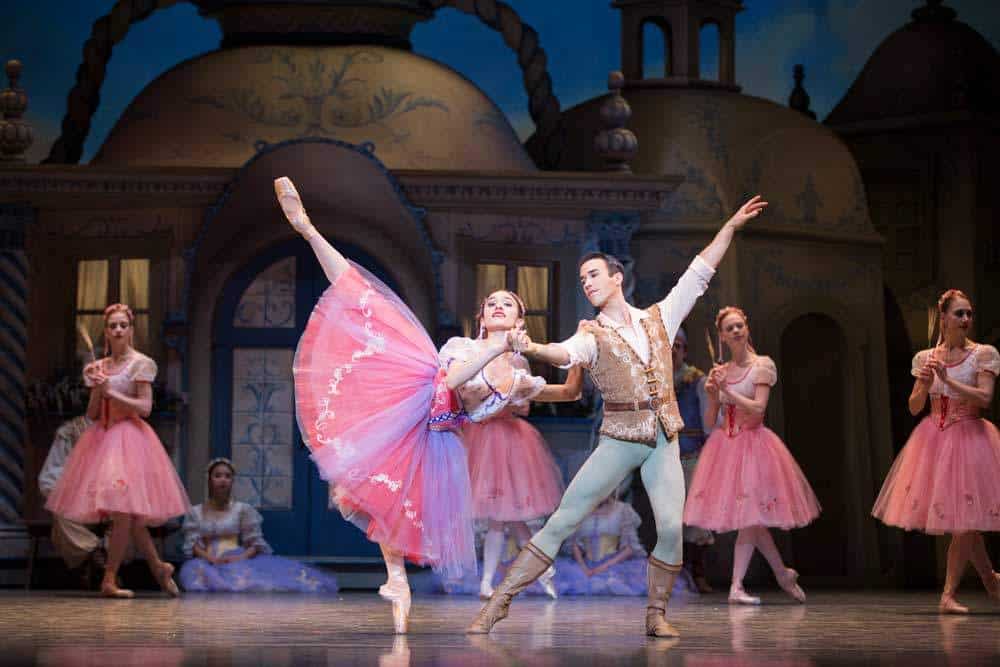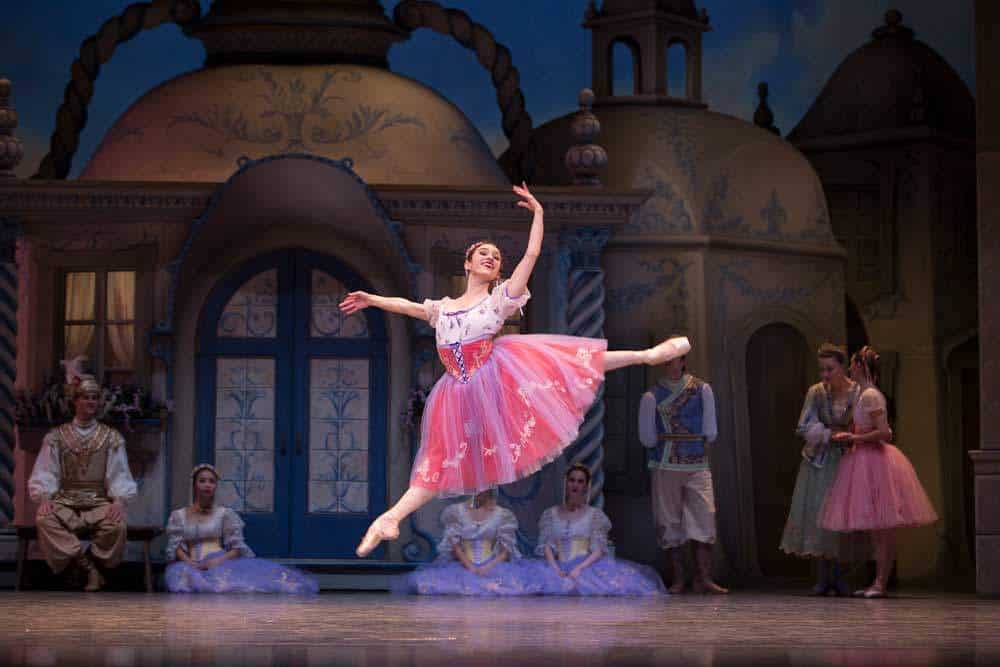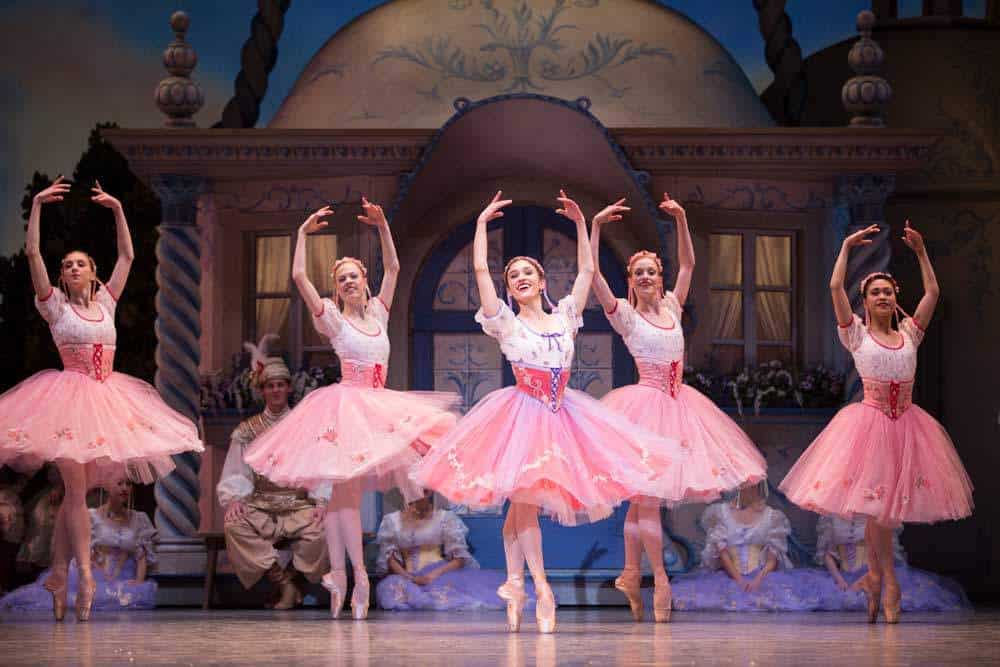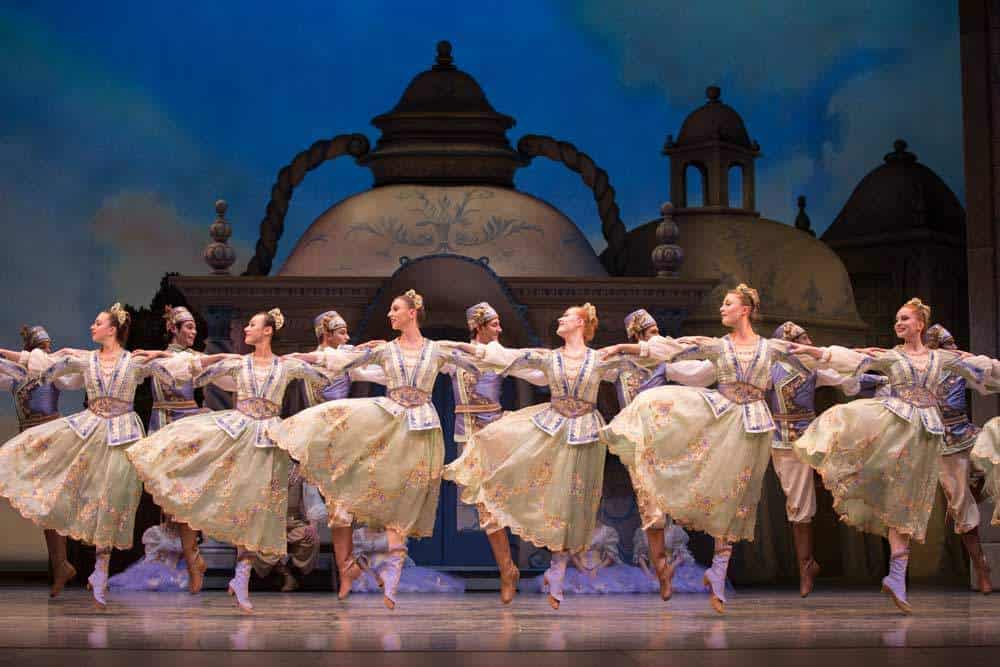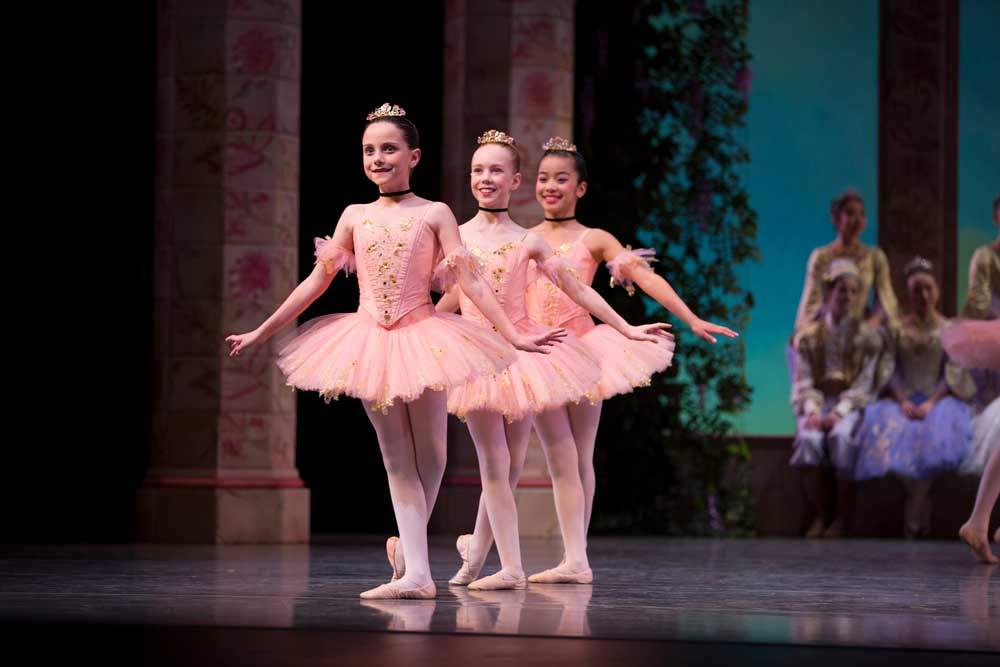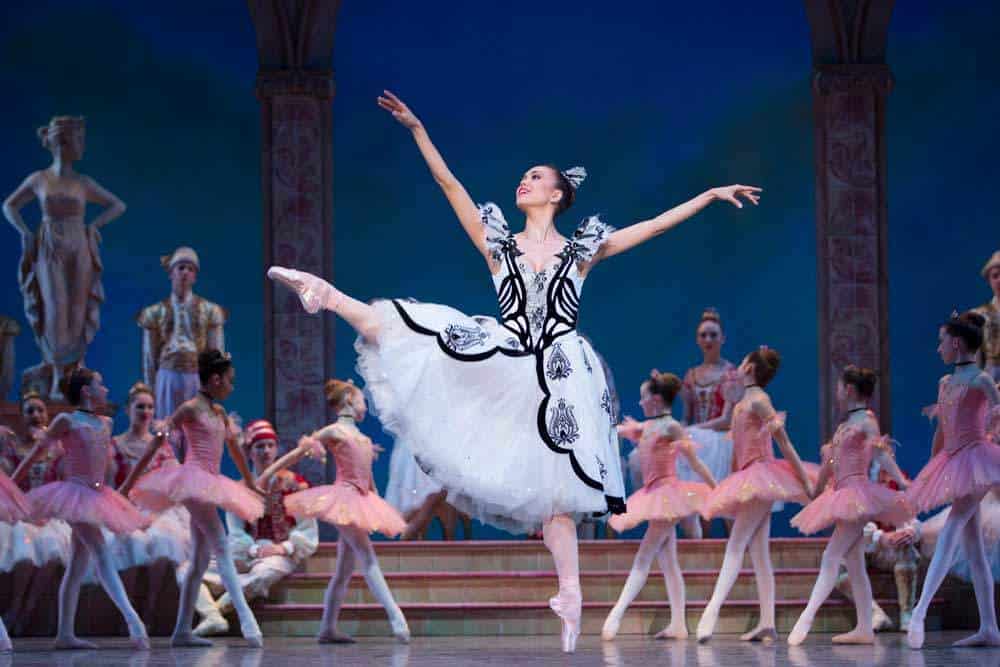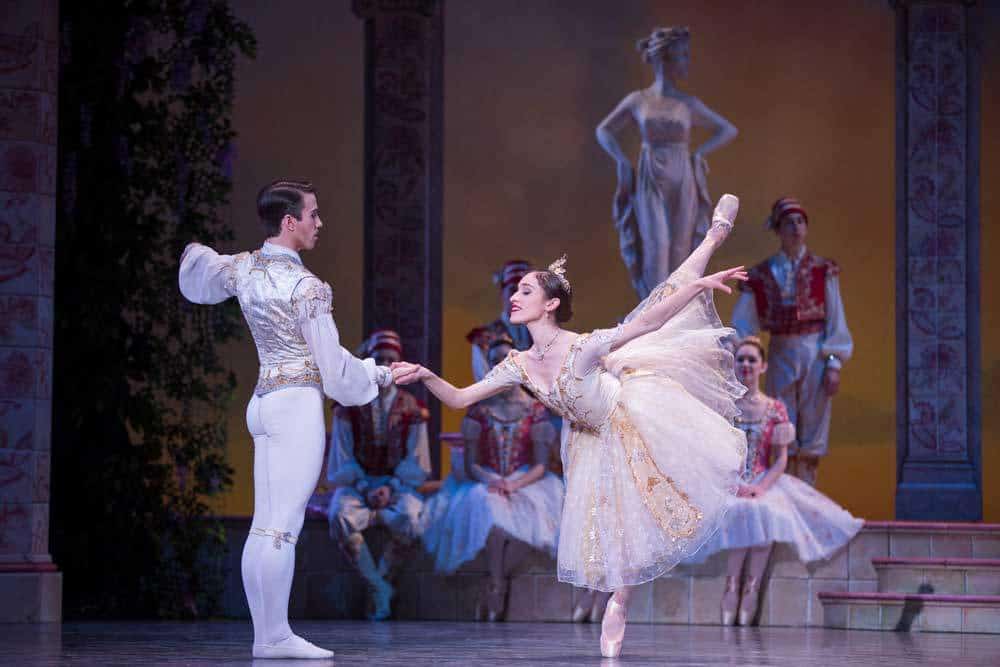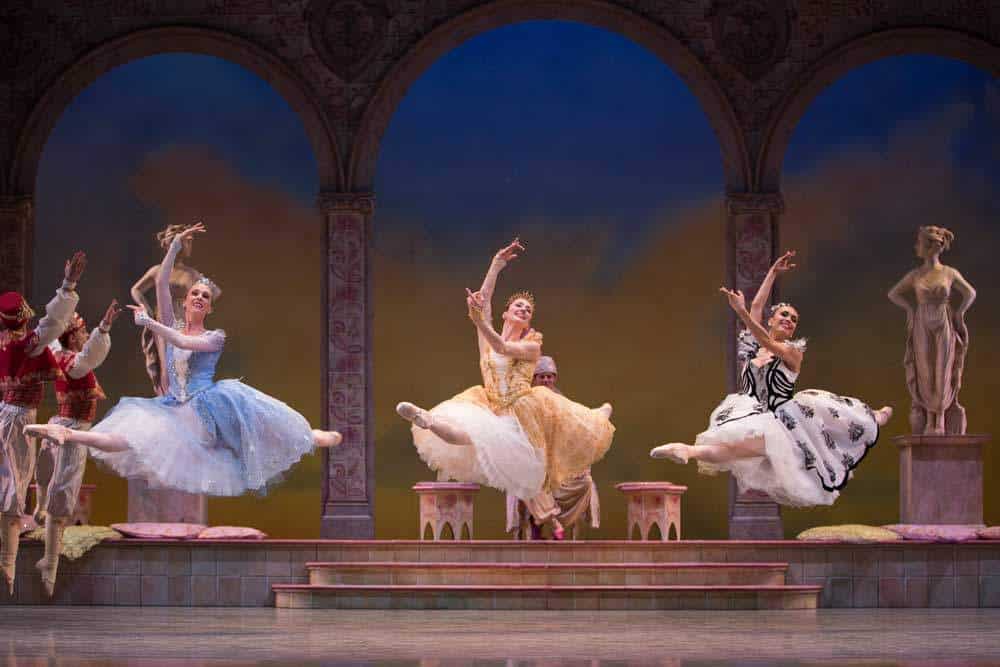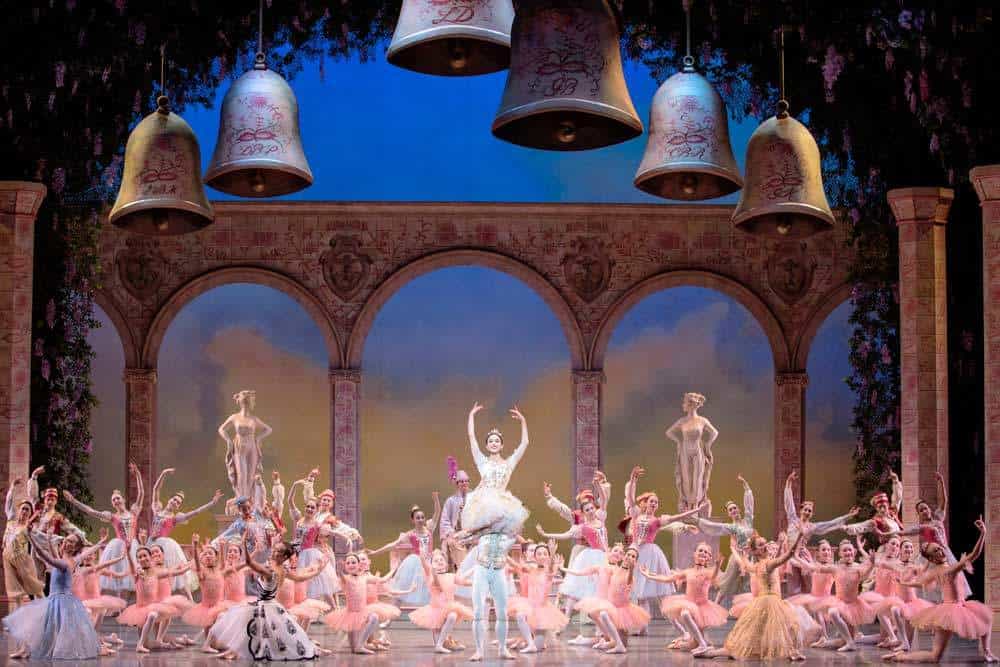Coppélia
Music
Léo Delibes
(Coppélia, ou la Fille aux Yeux d’Émail, 1869-1870; with excerpts from Sylvia, ou la Nymphe de Diane, 1876, and La Source [Naïla], 1866)
Book
Charles Nuitter, after E.T.A. Hoffmann’s Der Sandmann, 1815
Choreography
Alexandra Danilova and George Balanchine © The George Balanchine Trust (after Marius Petipa)
Staging
Judith Fugate and Garielle Whittle
Scenic & Costume Design
Roberta Guidi di Bagno
Lighting Design
Randall G. Chiarelli
Duration
2 hours and 30 minutes
Original Production Premiere
May 25, 1870; Paris Opera Ballet, choreography by Arthur Saint-Léon
Petipa Production Premiere
November 25, 1884, Imperial Ballet, St. Petersburg, choreography by Marius Petipa (after Arthur Saint-Léon); revised 1894 by Enrico Cecchetti
Balanchine Production Premiere
July 17, 1974; New York City Ballet (Saratoga Springs, New York)
PNB Premiere
June 3, 2010
Principal support for the 2010 PNB premiere of George Balanchine’s Coppélia was provided by Glenn Kawasaki, Dan & Pam Baty, Brady Richardson, Maurice Kanbar, Mrs. Jeannik Méquee Littlefield, and Rudolf Nureyev Dance Foundation.
The works of George Balanchine performed by Pacific Northwest Ballet are made possible in part by The Louise Nadeau Endowed Fund.
Program Notes
Based on the book by Charles Nuitter, after E.T.A. Hoffmann’s Der Sandmann, Coppélia is considered one of the triumphant comic ballets of the 19th century and marked the passing of ballet supremacy from France to Russia. Originally choreographed by Arthur St. Léon in Paris in 1870, it was restaged by Marius Petipa in St. Petersburg in 1884 and revised by Enrico Cecchetti in 1894. Little, if any, of St. Léon’s choreography remains in today’s production, although Acts I and II retain his ideas and the story of mischievous young lovers. Balanchine provided entirely new choreography for Act III.
Balanchine wrote, “In 1974, I decided we should stage Coppélia at the New York City Ballet and asked the ballerina and teacher Alexandra Danilova, celebrated for many years for her Swanilda, to collaborate with me on the choreography. I remember very well performances by the Russian Imperial Ballet of Coppélia and as a member of the company danced in the mazurka.
“I have often said that Delibes is one of my favorite composers for dance. In our new Coppélia, we used the entire score of the three-act version. The first dance drama of really uniform excellence deserves no less! No part of the ballet is subordinate to any other; most important of all, ballet music in Coppélia participates in the dance drama as never before, Delibes’ charming, melodic music assisting the plot and unifying the music and dance. Tchaikovsky was directly inspired by Delibes’ score to write his own ballet music. Delibes is the first great ballet composer; Tchaikovsky and Stravinsky are his successors.”
Notes by Doug Fullington.
Videos
Photos
Gallery Photos © Angela Sterling

